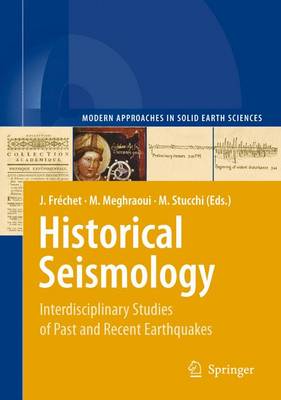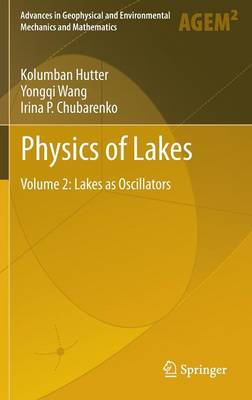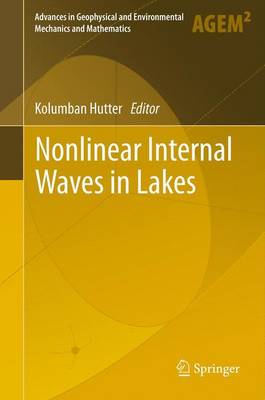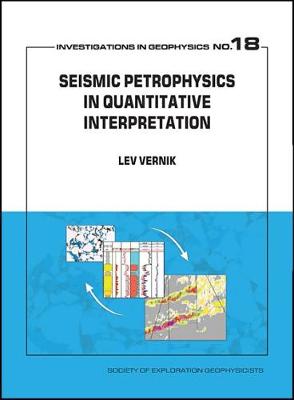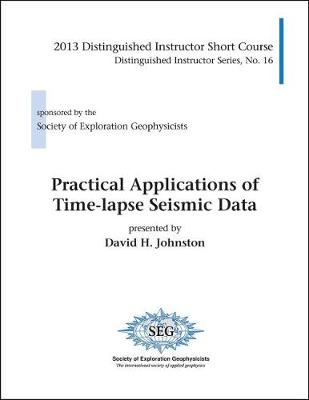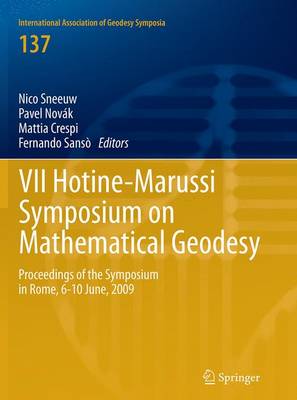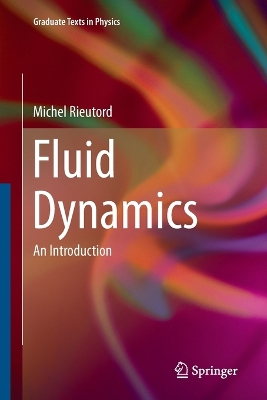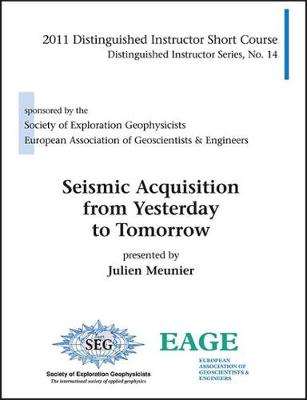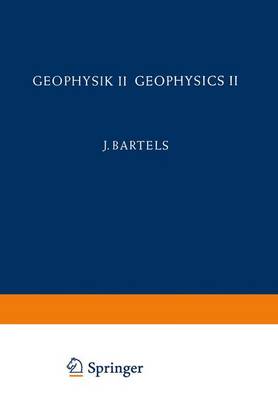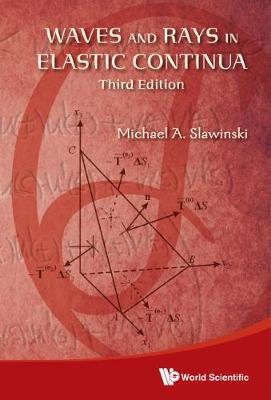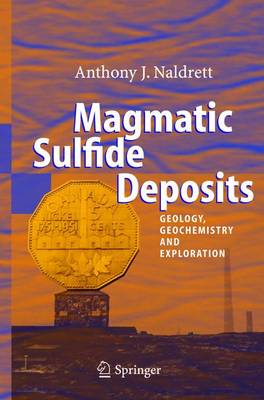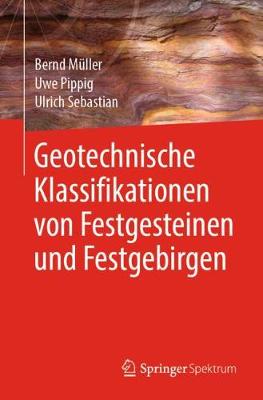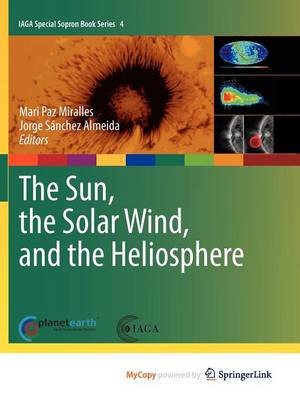Historical Seismology (Modern Approaches in Solid Earth Sciences, #2)
Modern seismology has faced new challenges in the study of earthquakes and their physical characteristics. This volume is dedicated to the use of new approaches and presents a state of the art in historical seismology. Selected historical and recent earthquakes are chosen to document and constrain related seismic parameters using updated methodologies in the macroseismic analysis, field observations of damage distribution and tectonic effects, and modelling of seismic waveforms. A critical re-ev...
The overwhelming focus of this 2nd volume of “Physics of Lakes” is adequately expressed by its subtitle “Lakes as Oscillators”. It deals with barotropic and baroclinic waves in homogeneous and stratified lakes on the rotating Earth and comprises 12 chapters, starting with rotating shallow-water waves, demonstrating their classification into gravity and Rossby waves for homogeneous and stratified water bodies. This leads to gravity waves in bounded domains of constant depth, Kelvin, Poincaré and...
Nonlinear Internal Waves in Lakes (Advances in Geophysical and Environmental Mechanics and Mathematics)
Internal wave dynamics in lakes (and oceans) is an important physical component of geophysical fluid mechanics of ‘quiescent’ water bodies of the Globe. The formation of internal waves requires seasonal stratification of the water bodies and generation by (primarily) wind forces. Because they propagate in basins of variable depth, a generated wave field often experiences transformation from large basin-wide scales to smaller scales. As long as this fission is hydrodynamically stable, nothing dra...
Evolution of the Earth (Geodynamics)
Published by the American Geophysical Union as part of the Geodynamics Series, Volume 5. During September 2-5, 1979 a group of about 80 earth scientists from many parts of the globe assembled in London, Ontario to attend a seminar devoted to discussion of the current (1979) state of geophysical and geochemical thought concerning the evolution of planet Earth. The papers included in this volume represent most of the views expressed at that conference. Unfortunately, participants in a few critical...
The Tornado – Its Structure, Dynamics, Prediction and Hazards V79 (Geophysical Monograph)
Published by the American Geophysical Union as part of the Geophysical Monograph Series, Volume 79. During the past two decades, remarkable advances have been made in the understanding of the structure and dynamics of tornadoes and tornado storms. This knowledge has led to improvements in prediction capability, procedures for issue and dissemination of warnings, and the practice of hazard mitigation. This progress can be attributed to the development of Doppler radars, wind profilers, lightning...
Reflection Seismology: The Continental Crust (Geodynamics)
Published by the American Geophysical Union as part of the Geodynamics Series, Volume 14. That deep seismic reflection profiling has become a "necessary tool" to explore the deep basement of the continental crust is now well established. The question is: Will deep reflection profiling become a "standard tool" that is routinely used on all continents, as is surface geological mapping? This question can be answered in the affirmative. A clear indication of this trend are the results of the "Intern...
Published by the American Geophysical Union as part of the Special Publications Series, Volume 1.Since the first edition was published in 1979, the Third International Kimberlite Conference was held in Clermont-Ferrand in 1982. Nevertheless, several of the problems addressed by papers in the first edition of this publication are still valid and remain unanswered today. For example, we still do not understand the spatial and temporal relationship between kimberiite, xenocrysts and xenoliths, nor...
Gravity Anomalies – Unsurveyed Areas V9 (Geophysical Monograph)
Published by the American Geophysical Union as part of the Geophysical Monograph Series, Volume 9. Dr. Weikko A. Heiskanen has been a leader in the field of physical geodesy, or gravimetric geodesy as he would phrase it, for many years. His contributions to the theory of isostasy, the normal gravity field, and the figure of the Earth reserve for him a place of honor in the geodesists' 'Hall of Fame.' Dedicated to the gravimetric method and the belief that satellite and gravimetric geodesy must p...
Plate Reconstruction From Paleozoic Paleomagnetism , Geodynamics Series Volume 12 (Geodynamics)
Published by the American Geophysical Union as part of the Geodynamics Series, Volume 12. The decade of the 1970's saw increasing global evidence leading to the reconstruction of the continents and oceanic plates through time, fostered by the Geodynamics Project. Aspects of this project are being continued under the auspices of the International Lithosphere Program, and in particular Working Group 2 of the Program, on Phanerozoic plate motions and orogenesis, is active in the unraveling of past...
Seismic Petrophysics in Quantitative Interpretation (Investigations in Geophysics)
by Lev Vernik
Exploration and characterization of conventional and unconventional reservoirs using seismic technologies are among the main activities of upstream technology groups and business units of oil and gas operators. However, these activities frequently encounter difficulties in quantitative seismic interpretation due to remaining confusion and new challenges in the fast developing field of seismic petrophysics. Seismic Petrophysics in Quantitative Interpretation shows how seismic interpretation can b...
Practical Applications of Time-lapse Seismic Data (Distinguished Instructor)
by David H. Johnston
Time-lapse (4D) seismic technology is a key enabler for improved hydrocarbon recovery and more cost-effective field operations. Practical Applications of Time-lapse Seismic Data (SEG Distinguished Instructor Series No. 16) shows how 4D seismic data are used for reservoir surveillance, how they provide valuable insight on dynamic reservoir properties such as fluid saturation, pressure, and temperature, and how they add value to reservoir management. The material, based on the 2013 SEG Distinguish...
Quantitative Geophysics and Geology (Springer Praxis Books)
by Louis Lliboutry
This book is unique in bridging the gap between geology and geophysics. Its integrative approach presents students and researchers in these disciplines with other methodologies as they try to understand the Earth's processes. It runs the gamut of earth sciences, from earthquakes and seismic exploration to thermal convection and the orogenic processes. Each chapter starts with the well-established facts and then proceeds through a logical framework to the most conjectural questions, such as conti...
VII Hotine-Marussi Symposium on Mathematical Geodesy (International Association of Geodesy Symposia, #137)
The Hotine-Marussi Symposium is the core meeting of a “think thank”, a group scientists in the geodetic environment working on theoretical and methodological subjects, while maintaining the foundations of geodesy to the proper level by corresponding to the strong advancements improved by technological development in the field of ICT, electronic computing, space technology, new measurement devices etc. The proceedings of the symposium cover a broad area of arguments which integrate the foundati...
This book is dedicated to readers who want to learn fluid dynamics from the beginning. It assumes a basic level of mathematics knowledge that would correspond to that of most second-year undergraduate physics students and examines fluid dynamics from a physicist's perspective. As such, the examples used primarily come from our environment on Earth and, where possible, from astrophysics. The text is arranged in a progressive and educational format, aimed at leading readers from the simplest bas...
Seismic Acquisition from Yesterday to Tomorrow (Distinguished Instructor)
by Julien Meunier
During the last few years, seismic acquisition has gone through a phase of fast acceleration, attested to by the development of wide-azimuth surveys, the continuous increase in channel count, and the progress in simultaneous shooting. These developments, made possible by technological advancements today, will enable the production of clearer seismic images tomorrow. Seismic Acquisition from Yesterday to Tomorrow (SEG Distinguished Instructor Series No. 14), the companion book for the 2011 SEG/EA...
Introduction to Digital Filtering in Geophysics (Development in Solid Earth Geophysics S.)
by Ota Kulhanek
The advection-dispersion equation that is used to model the solute transport in a porous medium is based on the premise that the fluctuating components of the flow velocity, hence the fluxes, due to a porous matrix can be assumed to obey a relationship similar to Fick's law. This introduces phenomenological coefficients which are dependent on the scale of the experiments. This book presents an approach, based on sound theories of stochastic calculus and differential equations, which removes this...
45 downwards because (j on the average increases with height; but this conclusion does not follow from (18.3) when the dependency of Kc upon ~o is taken into consideration. s 2 ERTELl and PRIESTLEY and SWINBANK have shown that the upward eddy- flux of sensible heat must be larger than indicated by (18.3), because this formula does not account for the fact that rising eddies are systematically warmer than sinking eddies because of the effect of buoyancy. The reader is referred to the reviews by S...
The present book — which is the third, significantly revised edition of the textbook originally published by Elsevier Science — emphasizes the interdependence of mathematical formulation and physical meaning in the description of seismic phenomena. Herein, we use aspects of continuum mechanics, wave theory and ray theory to explain phenomena resulting from the propagation of seismic waves.The book is divided into three main sections: Elastic Continua, Waves and Rays and Variational Formulation o...
Magmatic Sulfide Deposits (Oxford Monographs on Geology and Geophysics, #14)
by Anthony J. Naldrett
PGE V-Voisey's Bay (Canada) D -Duluth Complex (USA) K-Kambalda (Australia) M-Merensky Reef (Bushveld) N -Noril'sk region (Russia) P-Pechenga(Russia) S-Sudbury (Canada) T-Thompson (Canada) J -Jinchuan (China) L-Lac des lies (Canada) PR-Platreef (Bushveld) Po-Portimo Complex (Finland) R-Raglan (Canada) U-UG-2 chromitite (Bushveld) Z-Great Dyke of Zimbabwe e-Mt Keith (Australia) . a. -Perseverance (Australia) +-Stillwater (USA) 0 0 0 'c9 -~ Ni+Co Cu Relative value of Ni+Co Fig. 1. 1. Relative va1ue...
Geotechnische Klassifikationen von Festgesteinen und Festgebirgen
by Bernd Muller, Uwe Pippig, and Ulrich Sebastian
In diesem Fachbuch werden spezifische Eigenschaften der Gesteine und des Gebirges betrachtet, die sich aufgrund ihrer Quantifizierbarkeit für eine Klassifikation eignen. Trotz (und gerade wegen) einer großen Vielfalt an Normen (DIN, ISO, Taschenbücher) herrschen in der Geotechnik zuweilen Unsicherheiten bei der korrekten Klassifikation und Einschätzung von Festgesteinen. Es werden z.T. überraschende Zusammenhänge zwischen verschiedenen physikalischen Eigenschaften und Kennwerten aufgedeckt und e...

